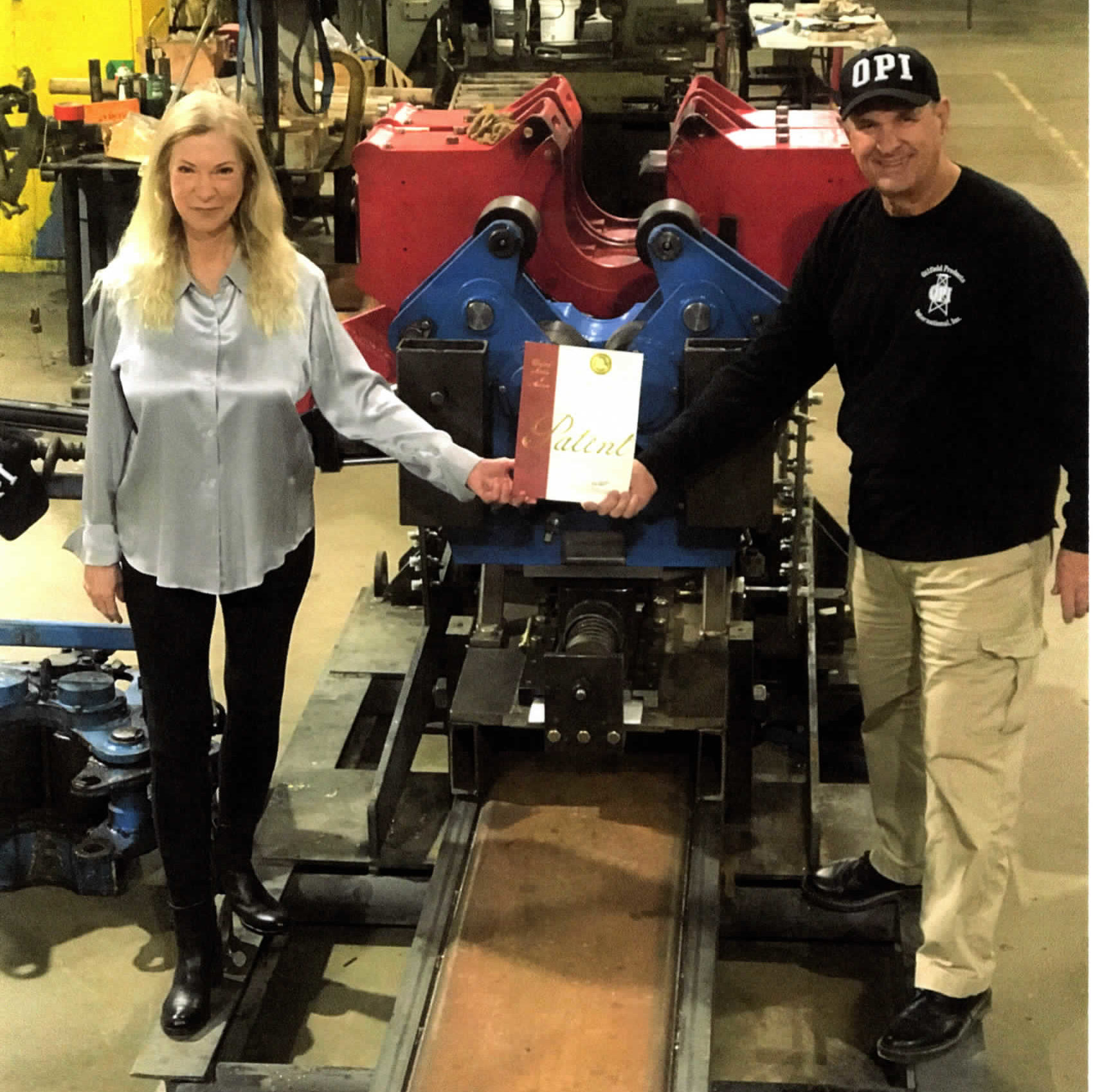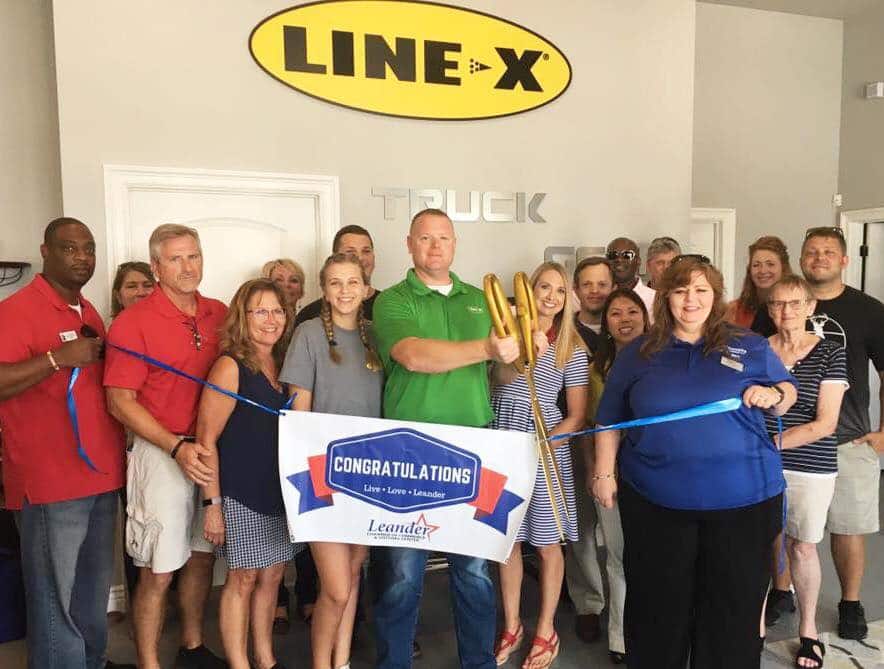5 ADVANTAGES OF LOANING MONEY WITH YOUR SELF-DIRECTED IRA

Did you realize that a Self-Directed IRA can essentially serve as a lending institution? Promissory notes are a convenient way to loan money from retirement accounts to approved people and businesses while also earning interest on the loans. Many of our Self-Directed IRA holders choose to capitalize in alternative investments by becoming private lenders.
How the process of lending money works
It’s crucial to realize that IRS regulations apply because you’re making a loan through your Self-Directed IRA. You can’t lend to particular groups of persons or organizations. That list is quite short. You, your spouse, your parents, grandparents, children, grandkids, and their spouses, as well as any entity in which they own a majority stake are all considered to be disqualified people. There are still many persons and organizations that need loans.
A secured or unsecured promissory note may be issued by your IRA. You can also create a mortgage or trust deed in conjunction with a secured real estate note. The borrower will sign the promissory note and any other relevant loan documents after you draft it.
Always keep in mind that your IRA—not you, the IRA holder—is the lender. This implies that all income is reinvested in the IRA. All IRA loan documentation must be signed in the IRA’s name, not your own.
Here are some of the options for lending money with your Self-Directed IRA:
- Equipment financing
- Non-performing notes
- Automobile loans
- Bridging loans to companies that seek debt finance
- Debt-financed loans
- Microloans for small businesses
- Residential and commercial mortgages
- Equity participation loans
- Personal loans
Advantages of using a Self-Directed IRA to lend money
1. You decide the rules.
As the account holder, you have the option to predetermine the terms of the loan, which is one of the key benefits of lending. You choose who or what firm you lend money to, as well as the loan amount. Additionally, you have control over the loan’s term, interest rate, and quantity and frequency of payments. You can decide whether the loan is secured or unsecured. Real estate is frequently used as collateral to secure loans, but secured notes also allow for the use of other assets.
2. Possibility of outstanding returns and maximal future earnings.
You can gradually grow your retirement funds by making loans. By defining the conditions for principal and interest, you are generating a pre-determined return on your investment. Many people find that this results in a reliable stream of revenue returning to their self-directed IRA. Additionally, if the loan is backed by property or other assets, you are effectively investing in both the borrower and the security because you will have access to the asset in the event that the borrower fails on the loan.
3. Assist those who might not otherwise be eligible for loans.
Lending money through your Self-Directed IRA could be a way to assist a person or company that has previously had trouble securing a loan. There are many creditworthy individuals or organizations out there that may be unable to obtain funding from a bank for a number of different reasons. However, it is crucial that you conduct your own research on any potential borrowers.
4. Make sure you take all necessary precautions.
Many people who have an interest in making loans find the process of discovering prospective borrowers enjoyable, including conducting their own research on potential borrowers. Here are some things to think about and important inquiries to make:
- Who is the organization or group seeking a loan?
- How secure is it? If it’s a company, does it have a track record?
- Is it possible to see any financial documents before making a loan?
- What occurs if there is a default?
Account holders will use promissory notes and mortgages to secure loans pertaining to real estate. If a default does occur, you would be able to perform a self-directed IRA foreclosure and take possession of the property.
These are but a few possible inquiries. Always use caution!
5. Tax benefits.
Self-Directed IRA lending also allows you to make loans while maintaining all tax advantages related to IRA funds. Until you begin receiving distributions from your Self-Directed IRA, if it is a regular IRA or a ROTH IRA, any earnings from this form of investment are tax-deferred. You don’t have to start taking withdrawals from your traditional retirement plan until you are 72. There are no distribution requirements if you hold a Self-Directed Roth IRA.
Ready to open an account? Talk to us. We’re excited to help you secure the lot of your dreams.





